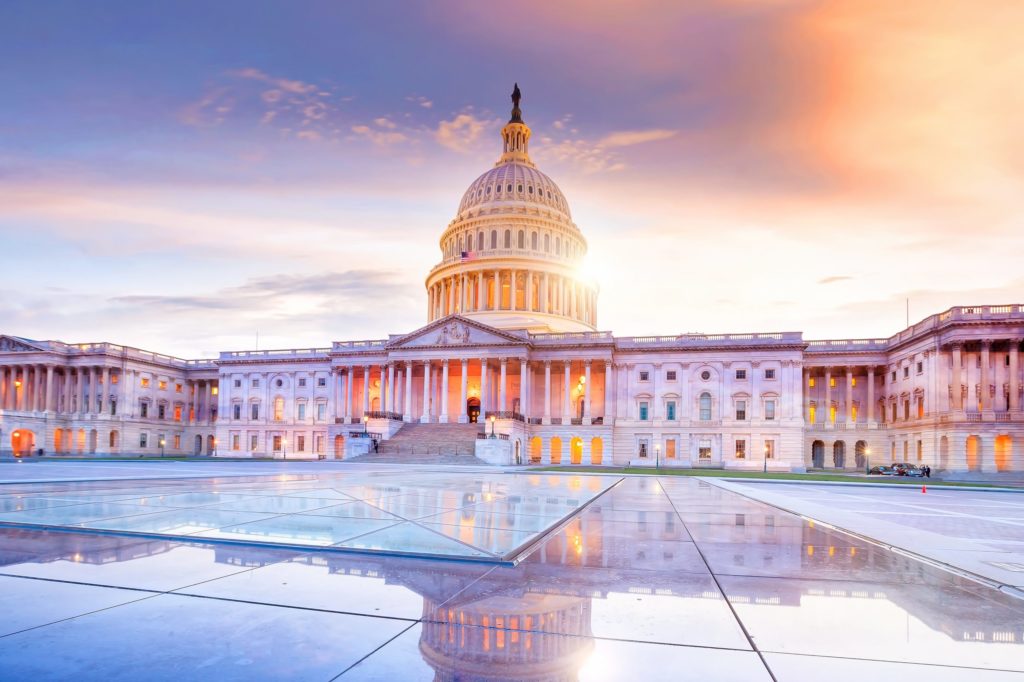Reforming penalty interest in Texas insurance claims
There are few things that undermine the purpose of legislation more readily than the simple passage of time. Conditions in society may change substantially, but a law’s wording in a statute book will remain the same unless or until the Legislature acts. Sometimes changes in conditions even lend a statutory provision the opposite effect of what originally was intended.
An example of this phenomena can be found in the Texas law governing penalty interest in insurance litigation. Section 542 of the Texas Insurance Code provides for penalties against insurers who delay payment of valid claims. Under the law, insurers typically have 60 days after receiving “all items, statements, and forms that the insurer reasonably believes, at that time, will be required from the claimant,” to pay the claim. After this period, an insurer is liable for “interest on the amount of the claim at the rate of 18 percent a year as damages, together with reasonable attorney’s fees.”
ANACHRONISTIC INTEREST RATES
These statutes were designed to create an incentive for insurers to pay valid claims quickly. However, they may now actually be serving to lengthen insurance disputes. The 18 percent “penalty interest” provision was originally enacted in 1991, when interest rates were considerably higher than they are today. (The provision originally was codified as Art. 21.55 of the Texas Insurance Code; it was recodified as Sec. 542.060 in 2005.)
For example, the Federal Reserve’s Prime Lending Rate was 8.2 percent in September 1991. Since 1991, the prime rate has fallen by more than half to 3.5 percent as of May 2016.
FIGURE 1: Bank prime lending rate
SOURCE: Federal Reserve Bank of St. Louis
Other interest rates also have fallen comparably over the same period. The interest on a one-year Treasury bond was 5.26 percent in September 1991, compared with 0.57 percent in May 2016. The median rate on a conventional 30-year mortgage fell from 9.01 percent in September 1991 to just 3.6 percent in May 2016.
Perhaps most notably, the London Interbank Offered Rate – which tracks the average of interest rates for major London banks to borrow from one another and long has served as the default benchmark against which market interest rates usually are judged – for a 12-month loan in September 1991 was 5.81 percent. As of May 2016, it was just 1.27 percent.
Despite these major swings, the penalty interest rate provided in Section 542.060 has remained at 18 percent, fixed by statute. Yet while the nominal rate has not changed, the relative rate has increased, making the effect of the penalty imposed by Section 542.060 far greater than originally intended by the Legislature.
In fact, in a low-interest-rate environment, such a high penalty rate provides incentive for claim filers to seek delays in their disputes, in hopes they will collect an even larger penalty payment. According to attorney Steven Badger, the 18 percent penalty interest rate is one factor in an ongoing explosion of hail litigation in some parts of the state.
CONCLUSION
While recent low interest rates have had the effect of making Sec. 542.060 much more harsh than originally was intended, future economic conditions could possibly tip matters toward the other extreme. During the summer of 1981, for example, the prime bank lending rate rose to more than 20 percent. Should the United States return to a high-interest-rate environment, an 18 percent fixed rate for penalty interest could serve to deliver a negative penalty for delayed claims.
The solution to this problem is simple and obvious. Texas should update its law by allowing the penalty interest rate in Sec. 542.060 to vary with market conditions. Instead of a fixed nominal rate, the rate of penalty interest should be tied to market interest rates, such as LIBOR or another comparable benchmark, plus a set amount deemed by the Legislature to be an appropriate penalty.










